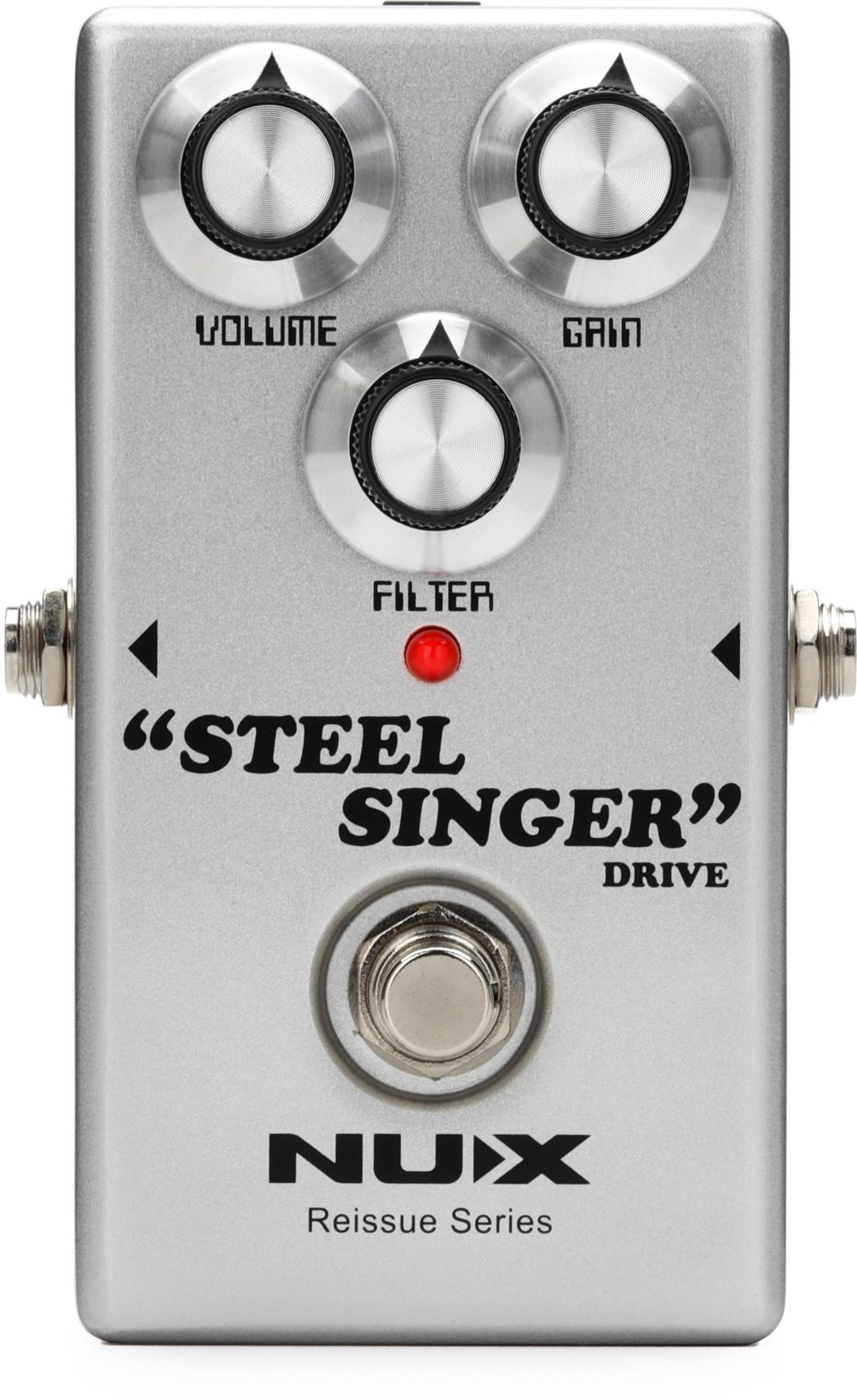Minneapolis, MN (November 30, 2015) -- Chase Bliss Audio is once again offering unprecedented digital control in one of their original and creative analog designs. This time it’s the new Spectre analog through-zero flanger pedal, an extremely versatile and beautiful sounding flanger that also has the ability to self-oscillate and make “whale tones.”
The Spectre flanger is ideal for the control freak who demands analog processing in their signal chain. With analog presets, MIDI capability, and ramping or expression control on any parameter, the technology in this pedal bridges the gap between the analog tone many players crave and the modern, digital tweakability that they demand.
Features:
- Six knobs to control Mix, Zero (manual flange), Regen, Rate, Width and Shift
- ModuShape gives user full control over shape and midpoint of modulation wave
- Tap Tempo stomp switch with divisions
- 16 dip switches in back of pedal gives control of ramping parameters and expression
- Analog Presets that can be recalled on-the-fly via toggle switch or with MIDI controller
- Positive or Negative polarity flanging
- True bypass via quiet relay switching
- 9-volt operation and standard DC input
The Spectre carries a suggested retail price of $349 and is available exclusively at Chicago Music Exchange on Black Friday. It will be released worldwide at the 2016 Winter NAMM show in Anaheim.
For more information:
Chase Bliss


























